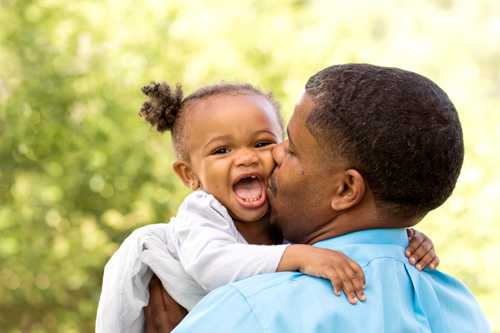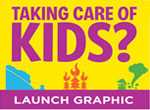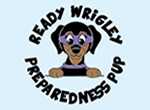Parents and Parents-to-be

Taking care of your family includes being ready for emergencies. Parents can make sure family members know how to be ready for disasters, and what to do when they happen.
Before: A little preparation now can make a big difference later.
- Help the whole family be ready – get a kit, make a plan, stay informed
- Are you prepared for disasters? Check out American Academy of Pediatrics’ Family Readiness Kit
- Additional recommendations from the American Academy of Pediatrics
- Protecting your child during the school day – Easy as ABC
- Does someone in your family have special health care needs? Emergency Preparedness resources for people with disabilities and their caregivers
- Emergency Preparedness Curriculum for families and resources for children with disabilities and special health care needs
- Feeling Safe, Being Safe: This training resource describes steps that can be taken to be better prepared
- The Unique Needs of Children in Emergencies: A Guide for the Inclusion of Children in Emergency Operations Plans
- Talking to Children about Disasters: Basic information on how to help children understand what is happening without providing unnecessary details that may only harm them
- Download a family communication plan for parents and kids. An Emergency Contact Card should be created for each family member
After: Recovery can take time. The resources below can help you and your child in the aftermath of a disaster.
- Resources for dealing with trauma, grief, abuse and other issues that can occur in the wake of a disaster
- Parent Tips for Helping Infants and Toddlers after Disasters
- Parent Tips for Helping Preschool-Age Children after Disasters
- Parent Tips for Helping School-Age Children after Disasters
- Parent tips for Helping Adolescents after Disasters
- Coping with Disasters: Guidance on how to recognize signs of disaster-related stress, easing stress, helping kids cope with a disaster and reassuring children after a disaster
- How to help Children Cope with Disasters: Recommendations for caregivers to effectively communicate with children in the wake of a disaster
- Page last reviewed: July 26, 2017
- Page last updated: September 12, 2016
- Content source:


 ShareCompartir
ShareCompartir



